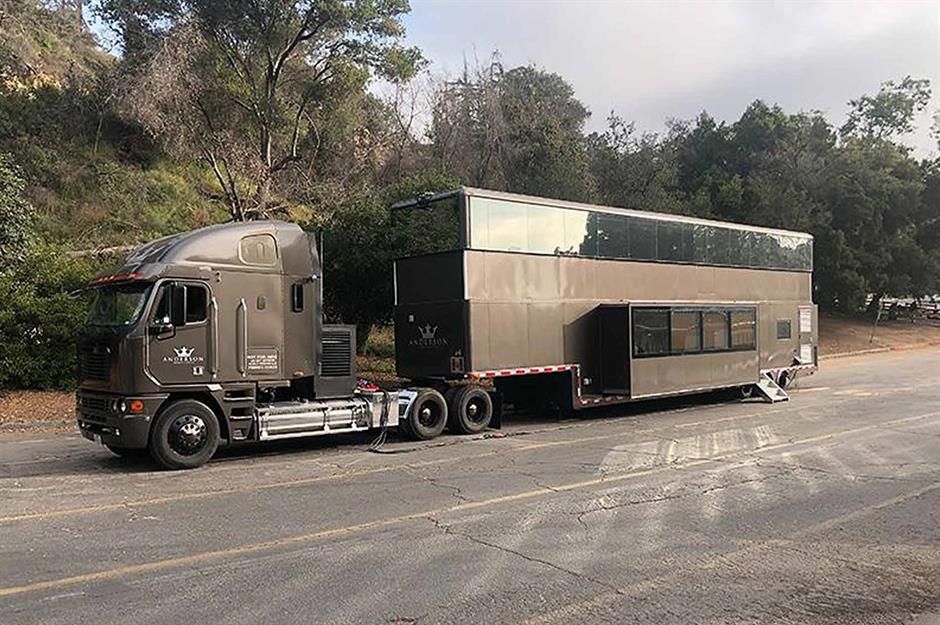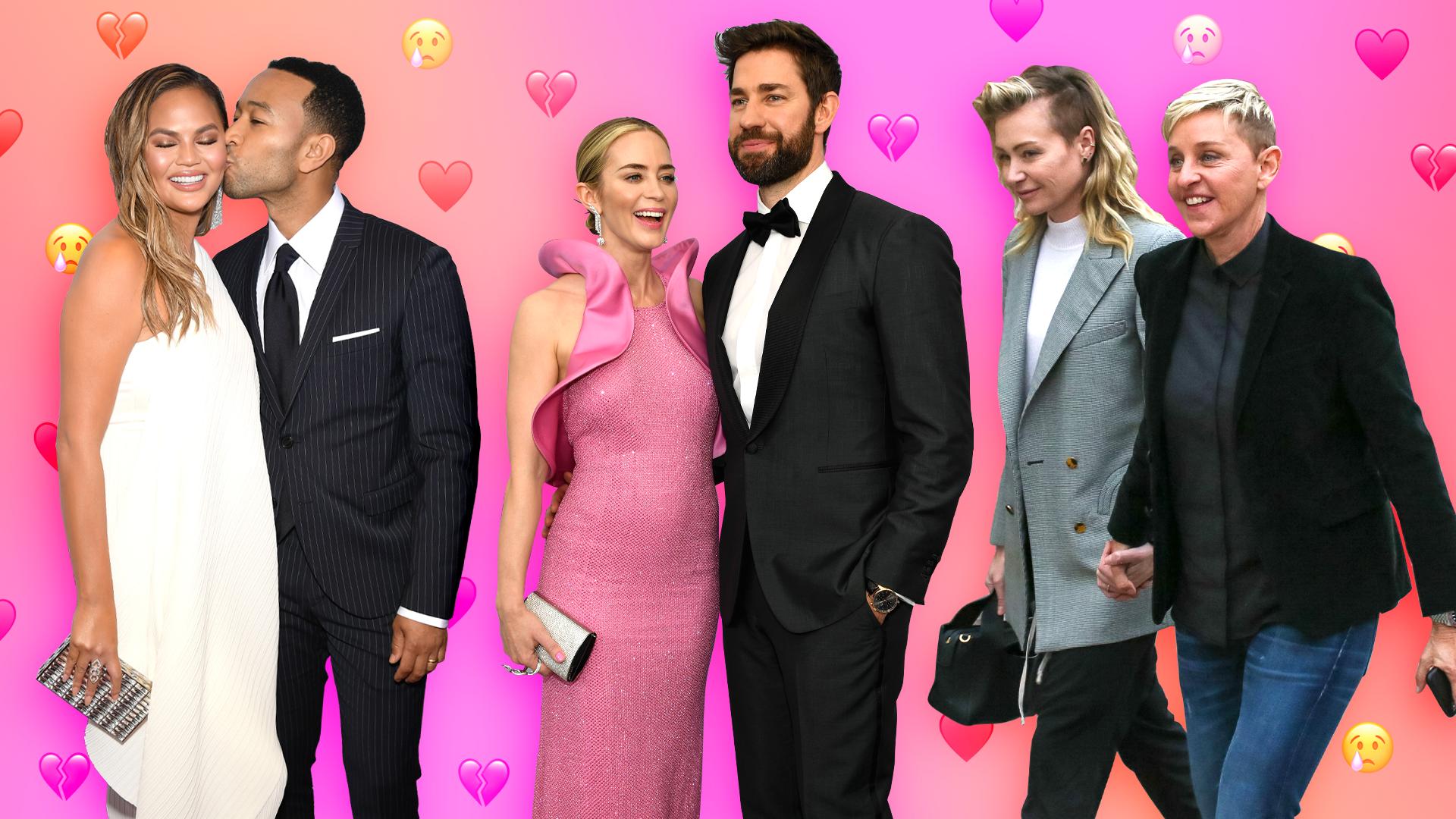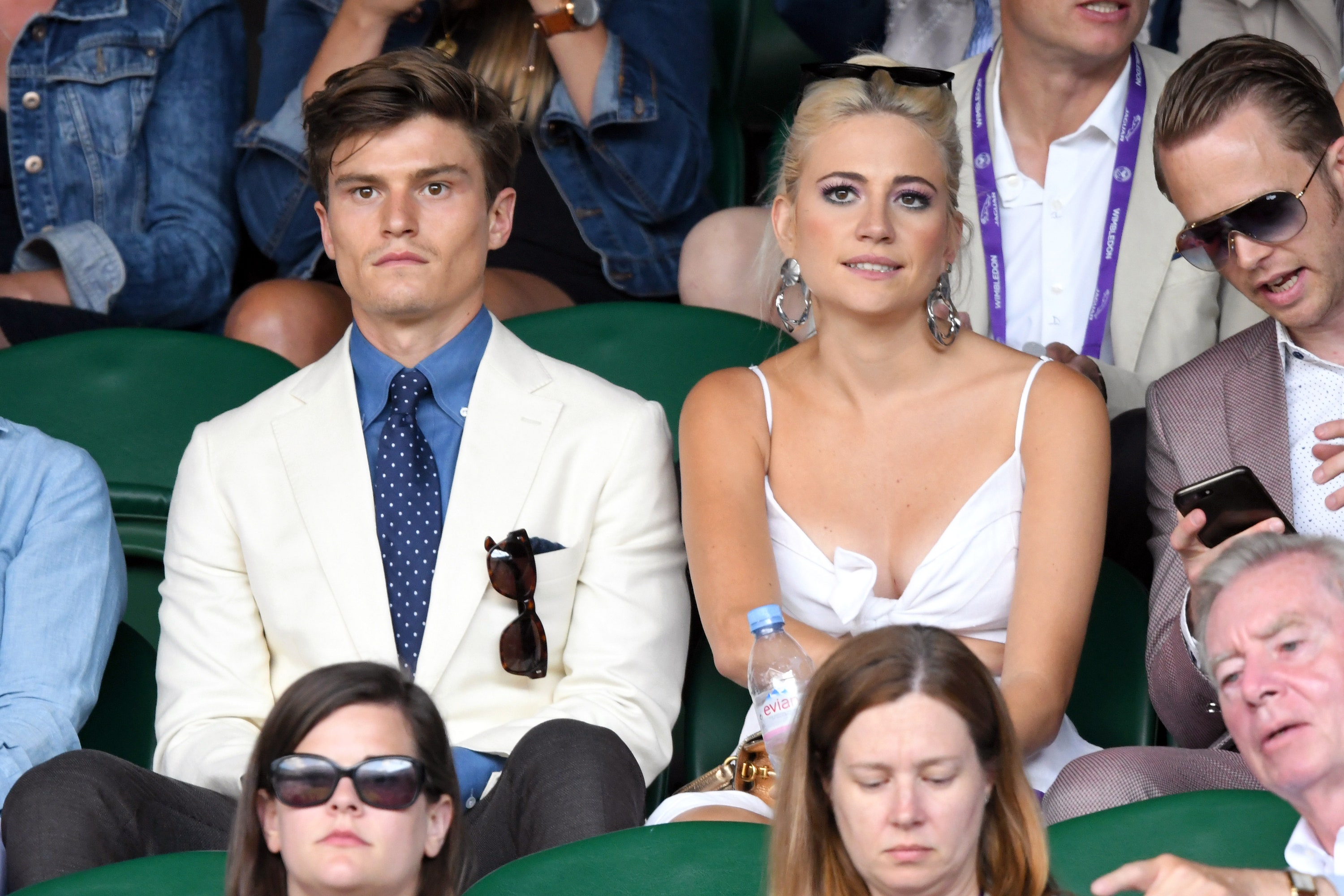
Andy Warhol was an American artist who created a series of paintings for Campbell's Soup Cans during World War II. His work was influential by other Pop artists and is believed to be the earliest form ever of can art. These cans can be used for more than their functional purpose. Below is the art, as well as more information about this American artist.
Andy Warhol's initial painting of a soup can
Andy Warhol painted the Campbell soup can's first picture. The artist, who was a regular customer of the soup brand, had been asked to produce a painting of a common object and suggested that he use a Campbell soup can as his subject. The suggestion of the artist was great, since the soup brand is a well-known American product. He would paint 32 soup pots and display them on shelves.
Warhol initially thought of painting a series of comic books and a cartoon character. However Muriel, a friend, suggested that Warhol focus his attention on the universality of the soup can. Warhol's most famous works were immediately the soup cans. In 1962, he first exhibited his iconic cans at Ferus Gallery in Los Angeles. Critics saw the hang as an attempt at replicating a supermarket display.

His first series of painted cans
Andy Warhol's first series painted soup cans is a stunning and striking collection of paintings. These are the first works to combine pop art with the tomato soup can. These works were originally created by meticulously reproducing labels. These paintings took almost a whole year to complete. The work was based upon enlarged photographs of Warhol's labels. Our aim was to produce as close as possible to the mechanical packaging.
Andy Warhol's original series painted soup cans became synonymous to the Pop art movement. This was what propelled him to international fame. Warhol was originally a comic illustrator when his iconic works were first created. He created a series 32 paintings with Campbell's Soup Cans that he displayed together on shelves in 1962. The different soup versions were displayed together to represent the various tastes of the soup. The paintings were largely snubbed by critics, but were ultimately bought by Irving Blum.
His influence on other Pop musicians
In the 1970s, Andy Warhol used a common household item to create artwork - the Campbell's Soup Can. Although they were initially ridiculed by some, the Cans grew to be iconic symbols of Pop Art. Many artists continue to be inspired by these iconic images today. Find out more about this iconic image. Below are some of the most famous Campbell soup can artworks.
Carey recalls a night when he was visiting New York City and saw Oldenburg's show. The show was being presented downtown at "The Store". Latow claims that Warhol was with him at the same restaurant where he got his idea. Later they would paint soup cans and money paintings. Warhol, however, was too depressed not to take part in these dinners. Carey, John Mann and others visited him in the wake of his death.

His inspiration for his soup can paintings
Warhol's painting depicting Campbell's soup cans in the 1960s revived the debate between art and commercialism. One gallery owner stacked soup cans in his display and listed them for 33 each. However, the price of the soup cans rose to more than $100 per piece by the time they reached the market. Warhol's Campbell's Soup canned inspired so many other works from the artist, such as his famous "The Breakfast Club".
In the 1980s, Warhol continued the series, and created other works of art with the Campbell's Soup cans. These paintings can be recognized as pop art and often take the shape of soup cans. These works can range in size from twenty to six feet. Warhol often depicted soup containers with either open lids or crushed bodies.
FAQ
How can we avoid the dangers posed by pop culture?
We should first be able to identify when pop culture has an influence on us. Next, we must be aware of when pop culture is influencing us and make sure we don't get influenced. Here are ways to help you stay away from bad influences:
-
Avoid violent shows such as Game of Thrones.
-
Do not spend too much time on the Internet. Instead, read books.
-
Watch less television. Spend your free time doing healthy activities.
-
Make sure you are careful what you post online. You can't delete comments after they have been posted.
-
Be sure to verify that the websites you visit have SSL encryption. Before you give out any personal information, check the websites.
-
Do not allow anyone to force you into doing anything dangerous.
If you see yourself becoming addicted to pop culture, talk to an adult who will help you. Call your local library (1-800-883-THE-LOST) or the National Center for Missing & Exploited children (1-800-THE-883-LOOK).
How can I make pop culture part of my marketing strategy
You need to examine the trends in pop culture to learn how you can use it in your marketing strategy.
For example, let's say you wanted to promote a new movie. What type promotion could your company run?
You could create a trailer with clips taken from the film. A clip could be found that features your product or service and included in the video.
Another option is to create a parody trailer using clips from other movies.
If you were promoting a product or service that related to the film's theme, then you could create a promotional campaign based on the movie's plotline. One example: If you are promoting a product or service that helps astronauts keep healthy while they travel through space, it might make sense to promote the product.
Promos could be run for businesses that are related to the movie's plotline. Customers who buy tickets for the movie could get free food samples from your company if you sell food.
Why is pop music so beloved?
Pop music is loved because it is enjoyable! It makes you feel happy and gives you a great sense of freedom. Pop music allows people to be free from any limitations and think about only themselves. They don’t have to worry what other people think. Pop music is a hugely popular genre. People love to listen to songs that are positive and upbeat. You can turn the radio on if you feel down. You might even find yourself singing along. This is why pop music has been so successful over the years.
What are examples of pop culture today?
Pop Culture is the art form of the 21st century. Pop Culture covers all aspects of popular entertainment. It includes music, film, TV, video game, fashion, advertising, comics and so on. Author Neil Postman coined the term in his book Amusing Ourselves To Death (1985). Pop is a form of mass communication that employs cheap tricks and formulaic tools to create the illusion of spontaneity or uniqueness.
He did however point out that most people don't feel genuine enjoyment because they are trained to seek media experiences which make them feel superior. In addition, he argued that this type of cultural expression had contributed to the loss of critical thinking skills among young adults.
Pop culture is sometimes also called popular culture, consumerism, or pop culture.
How did pop culture develop?
Technology was the driving force behind popular culture's development. It developed as people became more mobile. The invention of the radio enabled mass communication. This allowed for the rise of television and the birth of the internet.
Computers became popular at home when people were introduced to computer games. These games were played with consoles such the Sony Playstation 3 and Nintendo Wii. You can now download them online for free. Many people are choosing to play video games over watching TV.
Video games are very much in demand among teenagers and children. These games can be played solo or with friends over the internet. Call Of Duty, Grand Theft Auto and other violent games can be dangerous. Some parents worry about their children playing these games. Others find it fascinating to see what happens to a character when they die.
Music videos are another way that pop culture influences youth. They are a great way to learn about celebrity news and the latest trends. They are loved by young people. Music is an integral part of our lives.
Many artists use special effects in music videos to enhance their songs. Rappers often use makeup and hair wigs to enhance their looks. Some musicians have to go through extreme physical and mental challenges in order show their bodies. Many singers are able to sing while wearing costumes.
Music is available in a wide variety of formats today. You can find any type of music that you desire. This is not always good news. Music can sometimes encourage violence. People get angry if they hear certain words or lyrics. Sometimes they even commit crime.
50 Cent is a recent example of this. His song Get Rich Or Die Trying features a line: "I'm going to shoot a motherfucker down / I don't know why but I just might." When someone heard this song, they thought it meant that he would kill someone. A man threatened him by calling him. 50 Cent then changed the lyrics. Now it only says: "I'll shoot a bitch down/ I don't know why but I just may."
Popular culture is essential. We must understand its effects on us. If we don’t understand how it affects us, we won’t be able prevent its harmful effects.
How did pop music get started?
It was an accident. The first song was written by mistake when someone accidentally knocked over a piano while playing around on New Year's Eve in 1920.
The recording company liked what it heard and decided that the single would be released.
This was the first hit single.
Pop music is today the most popular form musical entertainment.
Is Tik Tok pop-culture?
The answer is yes! This is not only for teenagers. Anyone can use these short videos to show how they feel, express themselves, and share life moments with friends.
Every day, the app is used by over 200,000,000 people worldwide. This number continues to grow by millions every single day.
TikTok provides a fantastic opportunity for brands and consumers to build meaningful relationships.
TikTok is also home for many influencers who have built huge followings. These creators create original content and engage audiences around the world.
So what are you waiting for? Here are four ways you can take advantage of this trend.
-
Create viral content
-
Engage Influencers
-
Use Visuals Effectively
-
Create with Your Audience
Statistics
- Less than a decade later, that statistic rose to 90% (Dager, n.d.). (socialsci.libretexts.org)
- According to CNBC.com, “more than 70% of the film's revenue came from countries outside the US” (https://www.cnbc.com/2019/01/08/aqua...nal-sales.html, ret. 8/18/19). (socialsci.libretexts.org)
- In 1987, US films captured 56% of the European film market. (socialsci.libretexts.org)
- Yet a Nielsen study shows they account for 42% of the country's most-watched content on streaming services. courtesy Nielsen (npr.org)
- Latinos represent roughly 19% of the U.S. population. (npr.org)
External Links
How To
Are there any famous references to pop culture?
Space travel was a popular topic in the 1960s. Star Trek was at the time the most watched TV show.
The original series aired on NBC from 1966-1969. The series starred William Shatner playing Captain Kirk, Leonard Nimoy portraying Mr. Spock and DeForest Kelley portraying Dr. McCoy. James Doohan played Scotty. Majel Barrett Roddenberry was Uhura. Nichelle Nichols was Lieutenant Nyota Uhura. Walter Koenig was Pavel Chekov. Grace Lee Whitney was Yeoman Janice Rand. (Wikipedia)
In 1967, the premiere of the first feature film based upon the series took place. It was titled "Star Trek," released by Paramount Pictures. Robert Wise directed the film, which featured an ensemble cast, including William Shatner (Leonard Nimoy), DeForest Kelley (James Doohan), Walter Koenig and Majel Barrett. Roland Nichelle Nichols. George Takei and Grace Lee Whitney. (Wikipedia)
The second season began airing in 1968. The crew traveled back in time to 1969 for this season. (Wikipedia)
The third season of the television series was broadcast in 1971. This season introduced a new character called Commander Richard A. Morn. He was a Starfleet starfleet officer, who was born on Earth in 2063. (Wikipedia)
A live-action spinoff of Star Trek: Planet of the Apes was also produced during this period. It aired between 1972-74. (Wikipedia)
The television series' fourth season premiered in 1973. This season introduced Ensign Ro Laren, and Lt. Ilia, two new characters. Both were played by Marina Sirtis. (Wikipedia)
In 1975, the fifth season of the television series premiered. It was the last episode of the television series before it went on hiatus. (Wikipedia)
After the series was cancelled, many attempts were made to revive them. Some of them included a 1977 pilot episode entitled "Where No Man Has Gone Before," which failed to find a network or studio partner. (Wikipedia)
There has also been a 1998 animated series called "Star Trek: New Voyages". It lasted just 13 episodes. (Wikipedia).
After a seven years hiatus, the sixth episode of the television series was aired in 2009. It was entitled "Enterprise". It aired five seasons up to 2013. (Wikipedia)
Also, there were three feature films made in this time period. The first one was released in 1979. It was called "Star Trek: The Motion Picture." Nicholas Meyer directed the film. It starred William Shatner and James Doohan as well as Leonard Nimoy and Walter Koenig. Majel Barrett Roddy and Ricardo Montalban were also featured in the film. (Wikipedia)
The next two movies were released in 1982 and 1987, respectively. They were "Star Trek II - The Wrath of Khan", and "Star Trek III - The Search For Spock". Nicholas Meyer directed them both. (Wikipedia)
The seventh season of the TV series aired in 2001. It was titled "Encounter at Farpoint". It was the debut episode of the show's era without guest stars. (Wikipedia)
2005 was the last episode of the television series. It was titled "All Good Things...". It was written and directed by Ronald D. Moore. It was directed by David Livingston. (Wikipedia.)
Star Trek TV's 2008 premiere saw the debut of a new show called "Trek Nation". It was called "Trek Nation". It is currently being shown on CBS. (Wikipedia). "Trek Nation," a show about people from all walks of life, is about how they come together to create their own version of the United Federation of Planets. Their goal is to help other planets achieve peace with each other. (Wikipedia). "Trek Nation" is an interesting concept that shows how people from different backgrounds can come together to create something great. (YouTube Video)
I think you should read some books about the timeline of Star Trek. You can start with the book "Star Trek Chronology" by Gary Wolfe. You can find many more books online.